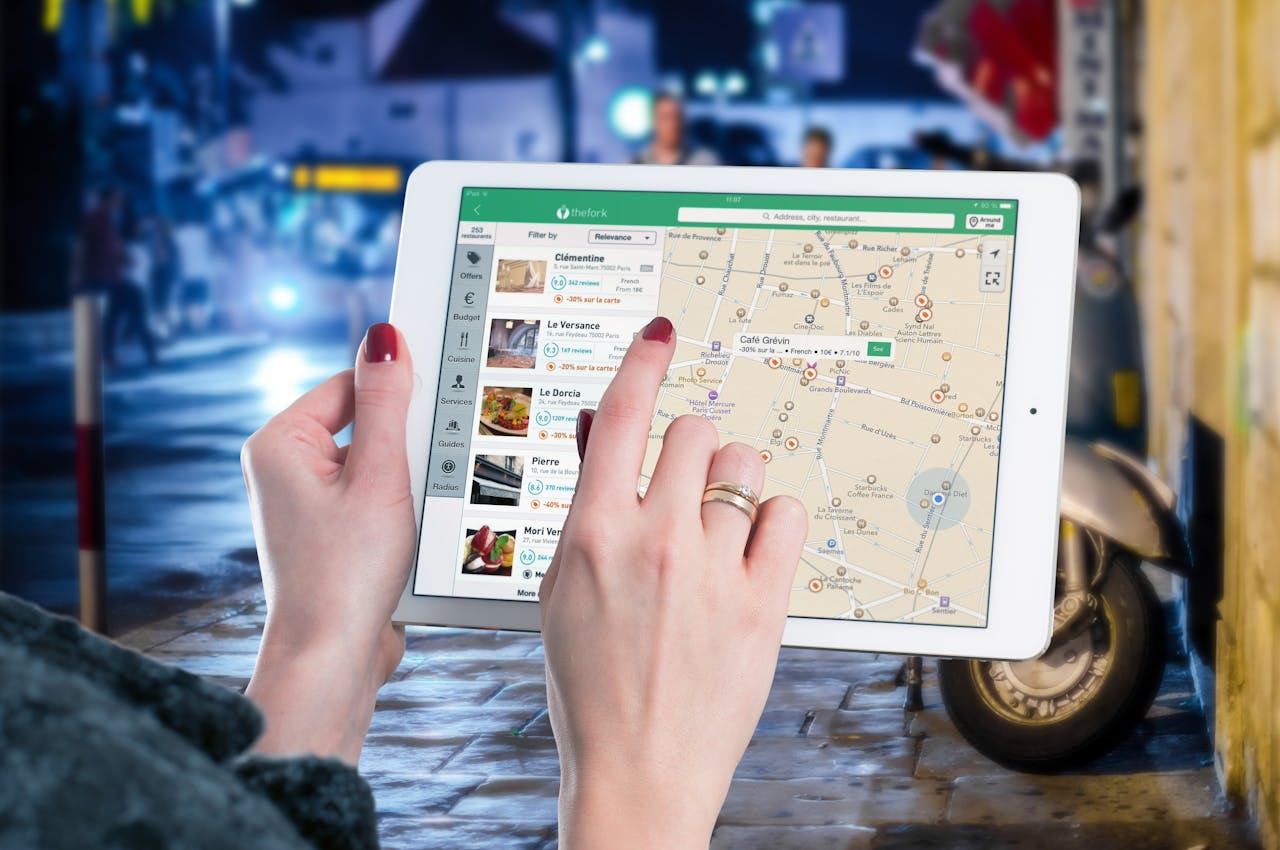
The rise of AI-powered answers in Google Search is devaluing traditional websites. For local businesses, the primary channel for customer acquisition is now the Google Business Profile (GBP), which serves as the main data source for both AI and users. A high rating (4.5 stars and up) and a large number of recent reviews are the key deciding factors for customers. A case study from the pandemic proves that systematically collecting reviews can not only ensure a business's survival but also make it number one in its niche.
I've been in the restaurant business since 2006. Over these 19 years, I've gone from creating and managing my own restaurant chain to implementing IT solutions for the very same industry. The most important lesson I've learned came during the COVID pandemic. When my business was forced to switch entirely to delivery, we survived and became number one in our city's niche for one reason only: we implemented a system for automatically collecting reviews, which raised our rating to 4.9. This experience forced me to deeply analyze what really works in marketing today. Here are the conclusions I've reached.
The Main Threat: AI Search is Making Your Website Invisible
The rules of the game have changed. Increasingly, Google doesn't show a list of links but instead provides a single, comprehensive answer generated by artificial intelligence at the very top of the page (AI Overviews).
The AI reads dozens of websites and compiles a single summary from them. The user gets the answer to their question without ever clicking on a single link. This means all your investments in your website's SEO are at risk of becoming worthless.
The Solid Foundation: Why Local Search Will Survive
In this new reality, there is one asset that will not only survive but will become even more critical. That asset is your Google Business Profile (GBP), visible on Google Maps.
Why is it so important?
It's the primary source for AI. To generate its answer, Google's AI will primarily turn to its own, most reliable and structured data—the profiles on Maps.
It's hyperlocal. Maps always knows the user's physical location. For any offline business—from a restaurant to a hair salon—this is the deciding factor. The system will always show the most relevant results based on geolocation.
It's social proof. A Google Maps profile is a living ecosystem, constantly updated with fresh reviews, photos from guests, and current information. This is what people and algorithms trust.
The 4.5-Star Rule: The Reality of Choice
When a potential customer opens Maps and sees 10 restaurants around them, how do they make a decision in 5 seconds?
They look at two numbers:
The average rating.
The number of reviews.
In any competitive city, most users won't even consider options with a rating below 4.5 stars. This is a pragmatic, yet real, filter that eliminates a large portion of businesses. Your first and most important job is to get past it.
The Role of Your Website in the New Reality
Your website isn't disappearing completely, but its role has become technical and secondary. It’s important as a sign of a serious business and as an SEO asset that lends its authority and quality to help your Google Maps profile rank higher. But it's no longer the front door for your customers. Your new front door is your pin on the map.
On the pages of this blog, I will be sharing specific, field-tested ways to increase your rating and attract customers through Google Maps. My goal is to give you real value, regardless of whether you become a TrueStars customer.
But if you want to get results faster…
Ready to start systematically getting 5-star reviews and dominating local search?
Ask us anything
Ask anything about Google, reviews, NFC, or posts. We'll guide you step by step
Choose the most specific primary category that matches what guests mainly come for (e.g., Pizza restaurant, not just Restaurant). Add 2-4 relevant secondary categories to cover key services (e.g., Italian restaurant, Delivery service, Takeout restaurant). Avoid anything you don't actually offer.
NFC review cards use near-field communication technology to direct customers to your Google Business profile for reviews. They are allowed by Google as long as you don't incentivize or filter reviews, and you follow Google's review policies.
Revenue estimates are calculated based on customer actions like calls, direction requests, and website visits from your Google Business profile, combined with industry conversion rates. Accuracy varies but provides a good baseline for measuring local SEO impact.
Post 2-3 times per week with a mix of: product/service highlights, behind-the-scenes content, customer testimonials, special offers, and event announcements. Use high-quality images and include relevant keywords naturally.
Respond professionally and promptly. Acknowledge their concern, apologize for their experience, offer to resolve the issue offline, and provide contact information. Keep it brief, don't get defensive, and show other potential customers you care about service quality.
Focus on: 1) Your main service + location (e.g., 'pizza downtown'), 2) Your business name, 3) Competitor names, 4) Category + 'near me', and 5) Service + neighborhood name. Track rankings monthly and adjust based on search volume and competition.
Ready to win your 3-km zone?
Connect Google, get your checklist, and activate the essentials in minutes
Get started now